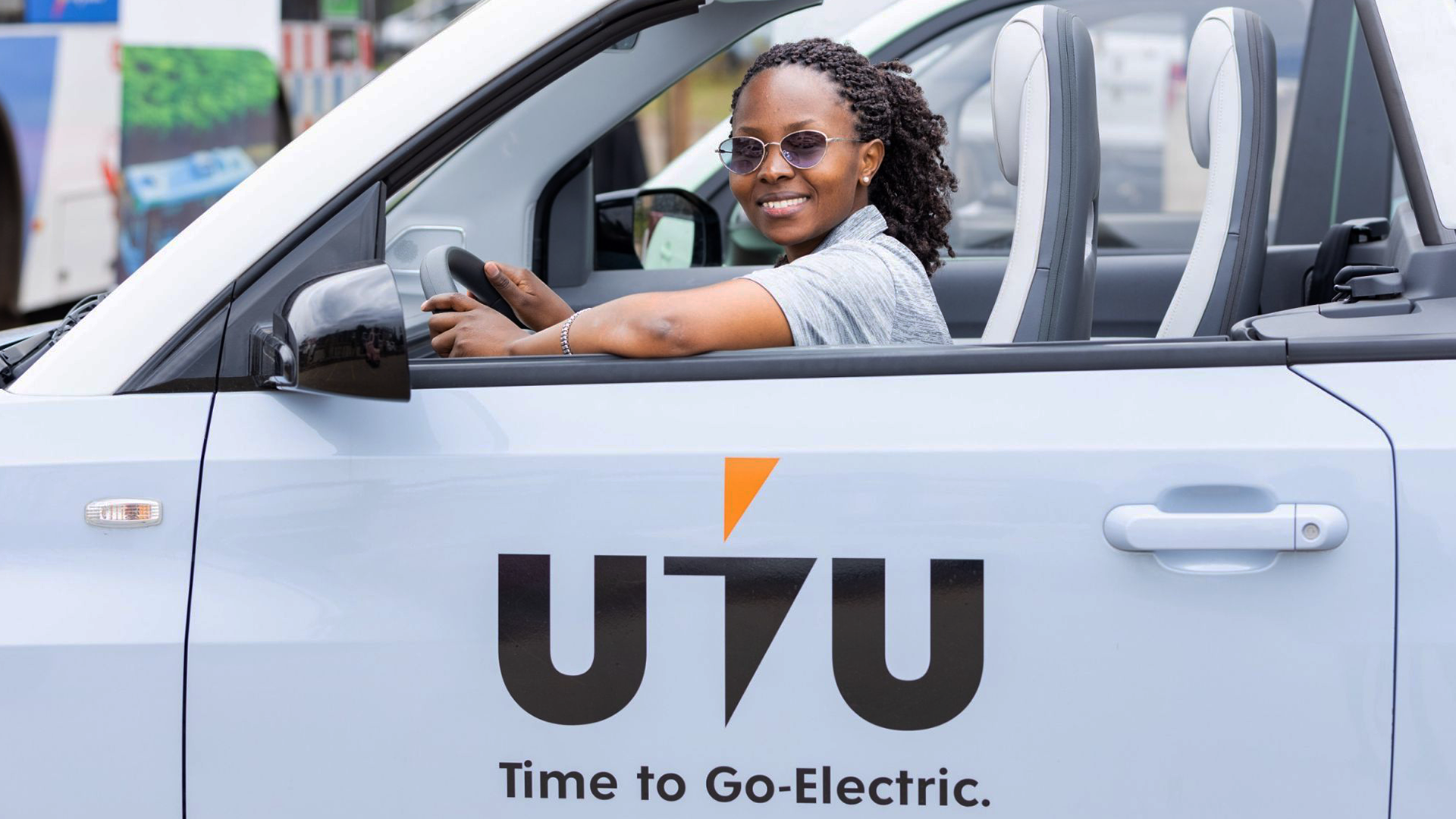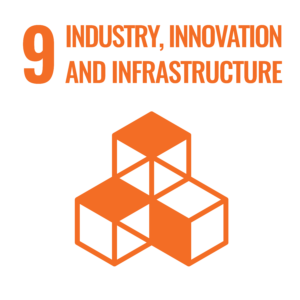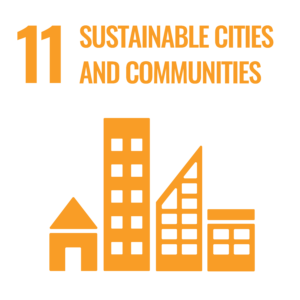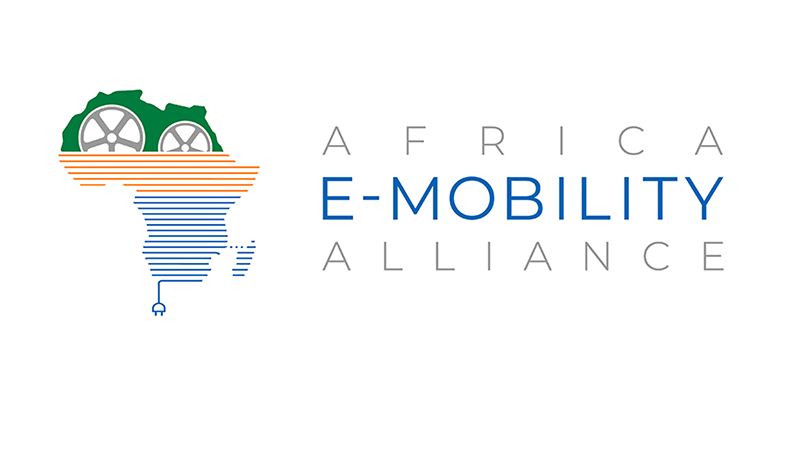A 704-kilometer line that cuts through the Sahara Desert
Taking advantage of the technology shift
With rapid urbanisation and a growing young population across the African continent, the need for sustainable transportation solutions is evident. A transition to electric mobility holds many of the keys to a sustainable and resilient future.
To delve deeper into the current state and future prospects of e-mobility in Africa, we sat down with Warren Ondanje, CEO and Managing Director of the Africa E-Mobility Alliance (AfEMA). Warren shared his insights on the key drivers of e-mobility adoption, the role of local innovation, and why Africa’s transition to electric mobility is both timely and transformative.
IA: Why E-Mobility in Africa now?
Warren: Why E-Mobility in Africa now? A couple of reasons come to mind. The primary reason being that the technology is already proving to be a cheaper alternative than operating internal combustion engine vehicles. An electric vehicle has overall efficiency of anywhere between 70 and 90 percent compared to an internal combustion engine vehicle with an efficiency in the region of 27 to maybe 30 percent. So the technology makes sense and therefore Africa stands to gain at the same level as the rest of the world. Secondly, it’s the huge reliance on import of fossil fuels. Africa being a net importer of fossil fuels has the chance to capitalize on locally generated electricity resources such as hydroelectric, geothermal, solar, to bridge this gap and fulfill its transport needs with electric movement. Thirdly, it’s the presence of a large pool of young tech-savvy people as a continent with an average age of roughly 19 years old, then it provides a compelling social angle towards creating job opportunities, not just in driving these vehicles, but also innovative applications such as assembly, research, manufacturing, which are a new frontier as the world shifts to e-mobility.

IA: What are the main drivers?
Warren: The main drivers for electric mobility globally and more so for Africa is suitable technology that is an alternative to internal combustion engine vehicle technology with a higher efficiency, lower cost of operation, and therefore higher economic savings. Secondly, the motivation to move away from reliance on importation of fossil fuels. Thirdly, which is the flip side, the activation of generation of locally available renewable energy to fulfill mobility requirements for transport. Fourthly, the presence of a young tech-savvy workforce that can take up jobs not only in operating the vehicles but also higher quality jobs in assembly and manufacturing and research. Lastly, I think, would be just trying to go through the reasons. Yeah, the availability of technology. This is referring to the maturity of financial innovations that allow for micro payment or pay-as-you-go services. Mobile money has become a very important tool for the growth of the internet, mobile phones, as well as pay-as-you-go solar, and this financial infrastructure and tech infrastructure is what’s paving the way for e-mobility. Because electric vehicles are expensive in comparison to equivalent ICE vehicles, then the use of a financing tech-driven mechanism is going to be a huge catalyst towards the adoption of e-mobility.
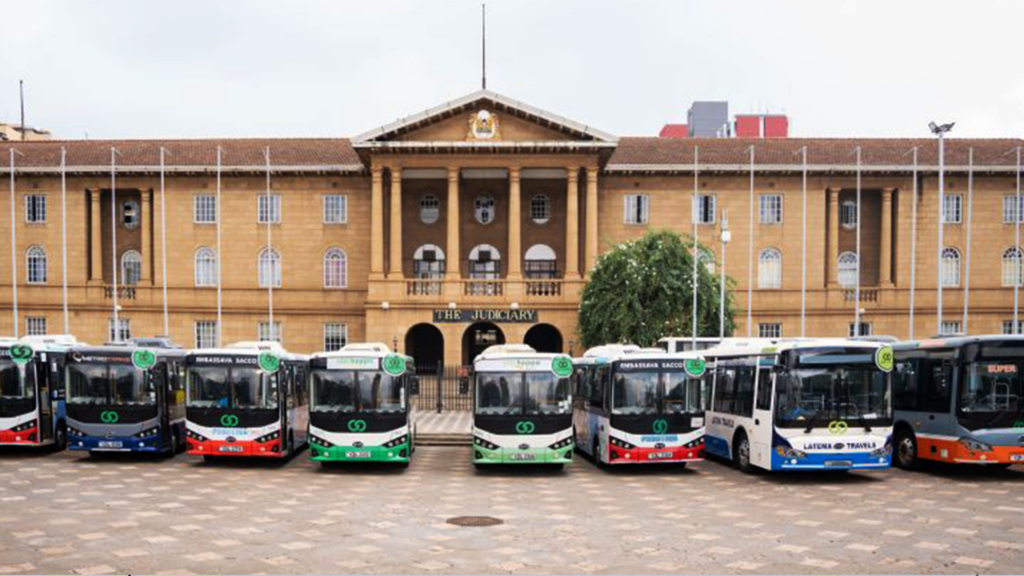
IA: What should global investors look into around E-Mobility in Africa?
Warren: The first thing is understanding Africa’s transition reality, i.e. the fastest moving segments are in public, commercial, and shared transport. So whether this is your small two and three wheelers, bicycles, or your heavy public transport buses, and maybe even commercial vehicles for businesses.
Number two is partnerships, and this is loosely put because it has both a technical and a business model component. The technical part is that it’s important to assess businesses that have some level of risk management through having the technical provision of their products actually work alongside others in the market. So either, this is you have your batteries fitting with others in their charging ports, charging stations, or you have similar connectors, or your bikes have the same cavity for loading the batteries. It’s just important because it increases the potential for the business to keep going even after one company fails. And it also means that these companies have to talk and standardize to some extent. The second part is the business model. And this is the reality that in the early days, many of these e-mobility companies used to be vertically integrated, doing financing in-house, product development, rollout of the vehicles and charging infrastructure right now. There’s a progressive direction towards collaborating across business models, i.e. one person could be setting up the charging points and the other is using their motorbikes there, or the batteries could be interoperable, or someone else does the external financing of these vehicles, or someone else could be doing contract assembly.
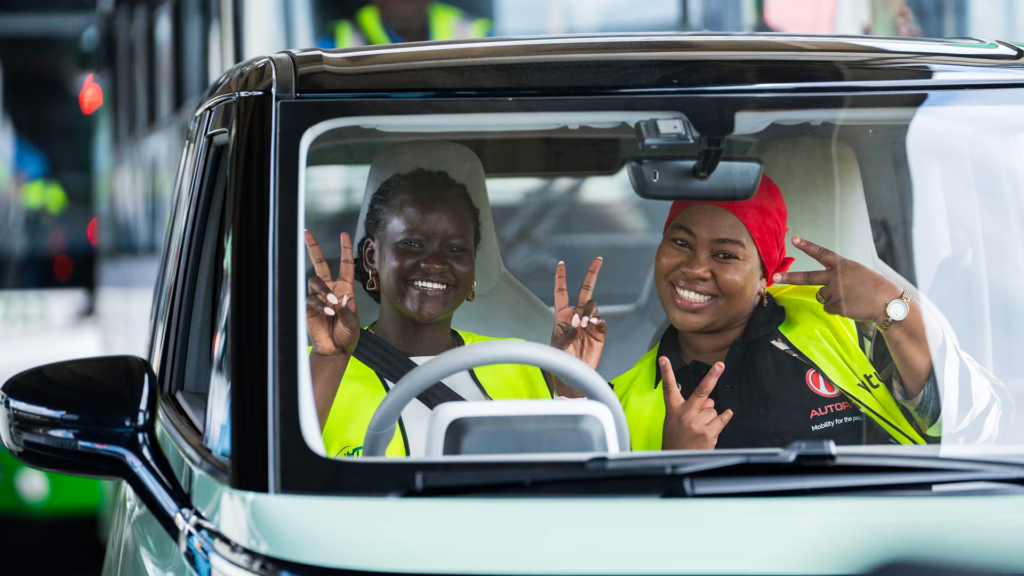
So that business model interoperability and partnership is an important aspect to look for. Again, it’s a risk mitigation measure, but it’s also in line with the market maturity. The final one is the fundamentals that you cannot avoid as an investor. I’m assuming having some experience in investing either in climate or other businesses.
Whether in Africa or not, there are fundamentals that you should be looking at in terms of the business health, the funds being raised, the people and operations, as well as the technology. The interesting thing is, as the market matures, the product is actually becoming more commoditized. So the differentiator is lying more in operations, people, and the use of technology.
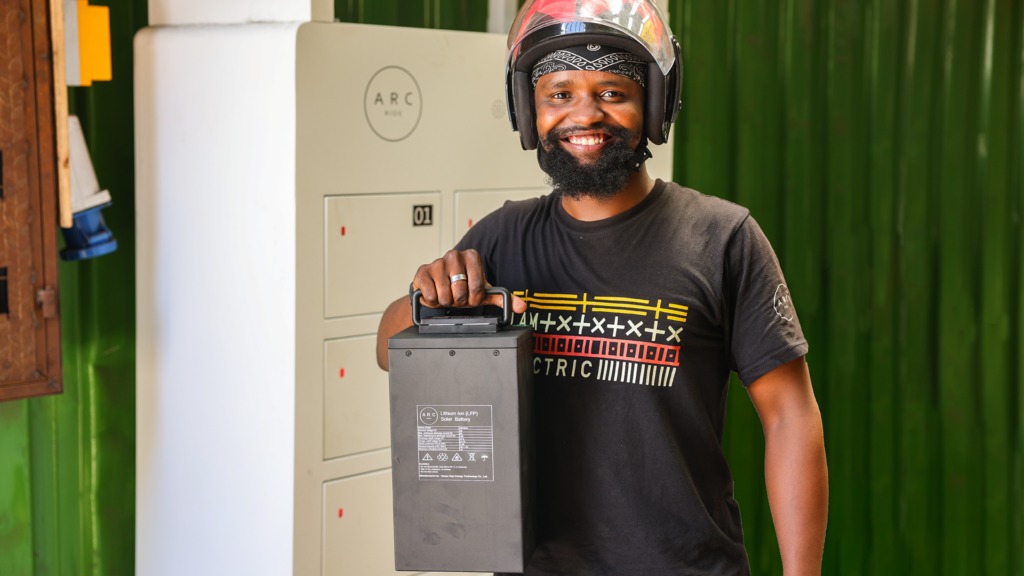
IA: What are the largest challenges to scaling the industry?
Warren: In my view, the largest are two that come to mind. The first one is access to finance. Organizations based on the continent are rolling out
E-Mobility. Number one, the reality is that this is a CapEx heavy investment or a venture. And it’s on both sides, both for the consumer and the supplier.
So access to finance to import components or fully built products, as well as provide financing for end consumer acquisition are the largest I foresee. The others are quite minor, i.e. capacity building and training of the people in operations and technical. And that’s only natural. As the market matures, then there will obviously be talent that comes up. But a second large challenge is actually policy or regulatory uncertainty. Many African countries, aside from Ethiopia and Rwanda, don’t have clear directives or direction on where their market is going. And this leads the investors to also operate within a very tiny window
of decision making, meaning that the investments cannot be long term, they cannot be backed with a level of regulatory assurances. And that already shies away many investors, especially those that are risk averse, leaving the market to only operate on grants which are constantly drying up.
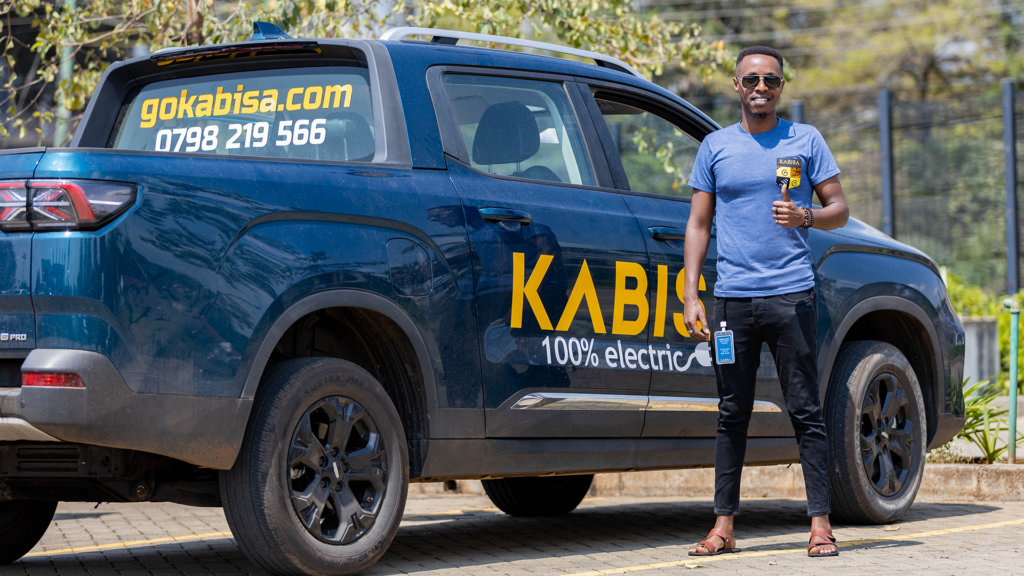
IA: You are hosting your Annual event Africa E-Mobility Week in Addis Ababa, Ethiopia 16-18 September this year, why have you chosen to host the event there?
Warren: Addis Ababa, Ethiopia has stood out as the first country to ban the sale of ICE vehicles, which means by default, this is a country that has jumped ahead of all others in the developed economy to this very bold move.
It’s also in Africa changing the dynamics of how the embracing of technology is going to work moving forward. So we felt a very strong attachment towards hosting an event in a country that has taken the road less traveled. It’s also an indication for us that we are putting and throwing our confidence behind this country.
And we’re trying to showcase to the world that Ethiopia is truly going to make it. This is also another reminder for the rest of the continent and the world that e-mobility is now becoming a reality. And therefore, that is the primary reason why we chose Ethiopia. The second reason is that Ethiopia is Africa’s political capital. It hosts the African Union. So we saw this as an opportunity to get closer with the continent-based top administrative body to bring e-mobility to their agenda.

IA: Give us a brief insight into the work of AfEMA’s work in the African E-Mobility space and your vision going forward
Warren: AfEMA, or the Africa E-Mobility Alliance, is a think tank based on the continent and which promotes not just the awareness but also practical implementation for E-Mobility in Africa. Our aim is to showcase Africa and put Africa toe-to-toe with the rest of the world as it transitions to embrace this new technology called electric mobility. Bear in mind that, we are primarily not trying to change the way transportation actually works, but we’re primarily interested in starting by acknowledging that there is a more efficient way to move people and goods on the continent. Now, you can do many things with this realization because if it already makes sense for the existing business, then it’s also possible to layer other transformative actions such as having more gender inclusion, having more youth empowerment, looking up and down the value chain to see where job opportunities can be created, looking sideways to see where the energy powering these vehicles can be coming from and how clean it’s going to be. So our job is to think through the wider implications of what a transition to electric mobility will look like.
Our vision has been refined over time, but now we see the next decade between 2025 and 2035 as a critical window for Africa and the rest of the developing world to actually take advantage of this technology shift, and bring the technology in-house and local through assembly and manufacturing, shorten supply chains by capitalizing on existing mineral resources, drive clean energy uptake by matching e-mobility demands to renewable energy production, connect a youthful workforce that is tech-savvy and ready to grab this next frontier of jobs and research opportunities by connecting and employing as many young people up and down the value chain for e-mobility. And finally, it’s also about cutting the dependence of Africa, not just for importing fossil fuels that have put tremendous amounts of pressure on national local currencies, but also unplugging ourselves technologically by building solutions that make sense for Africa as opposed to waiting for other regions to develop and start exporting used vehicles to the continent. So these are the main vision areas of where we foresee Africa has the opportunity to take advantage of. The next decade is going to be definitive of where Africa stands in this transition to electrical mobility.
